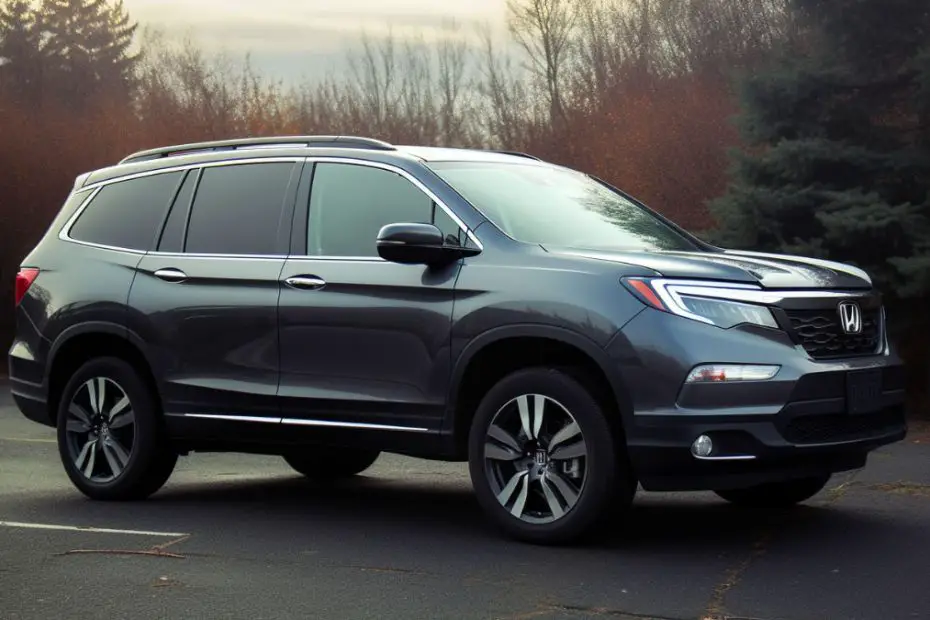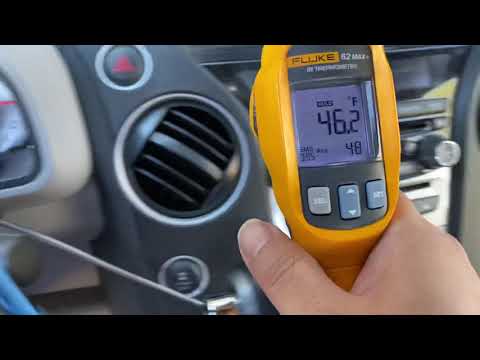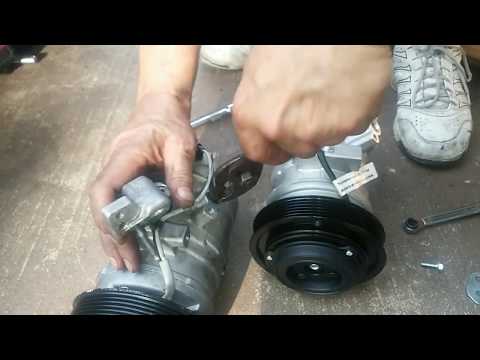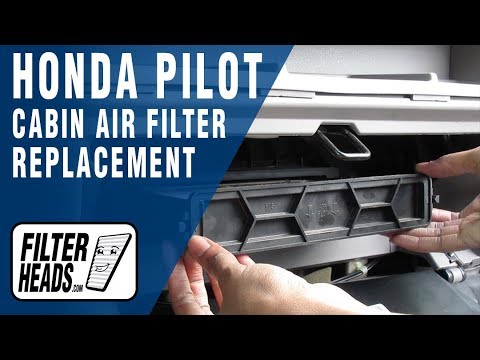Honda Pilot is among the vehicles Honda lovers cherish for its powerful engine and substantial towing capabilities. Like most modern vehicles, it’s also fitted with air conditioning. However, sometimes the AC is known not to work.
So why does Honda Pilot AC Stop Working? The AC can stop working due to a faulty compressor or insufficient refrigerant. The cabin air filter and blower motor may be responsible if the air conditioner works but not effectively. Some repairs are doable at home, but some require a professional mechanic.
The article will cover the Honda Pilot working problems, including the possible causes and their solutions. Therefore, read on.
Problems Causing Honda Pilot AC Not to Work: With Potential Solutions
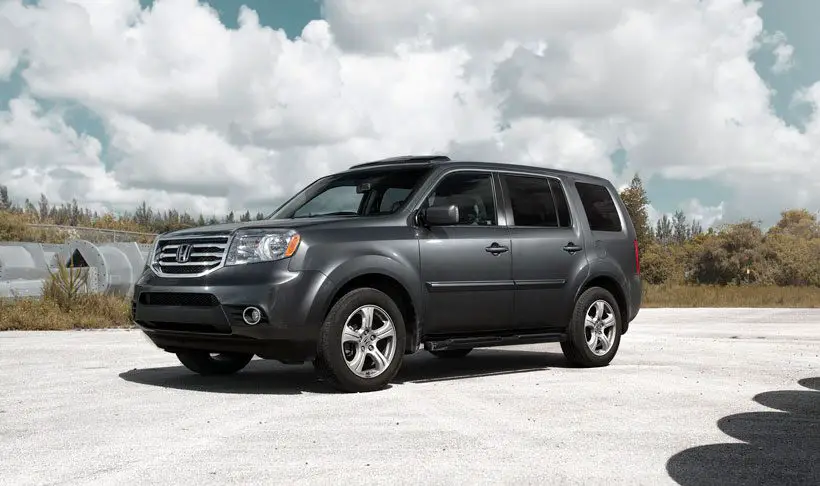
Honda Pilot is known to have various air condition problems causing it not to run effectively or run at all. Luckily if you can identify the cause you can provide the solution and possibly fix it. Here are some problems that cause Honda Pilot Ac not to work or underperform.
1. Insufficient Refrigerant
Low refrigerant levels are responsible for most air conditioning problems in the Honda Pilot. The refrigerant runs through the AC system absorbing heat and releasing cold air.
When low, it can cause issues like ac blowing cool, but not cold air or taking time to cool. This issue has also been reported in both new and old vehicles.
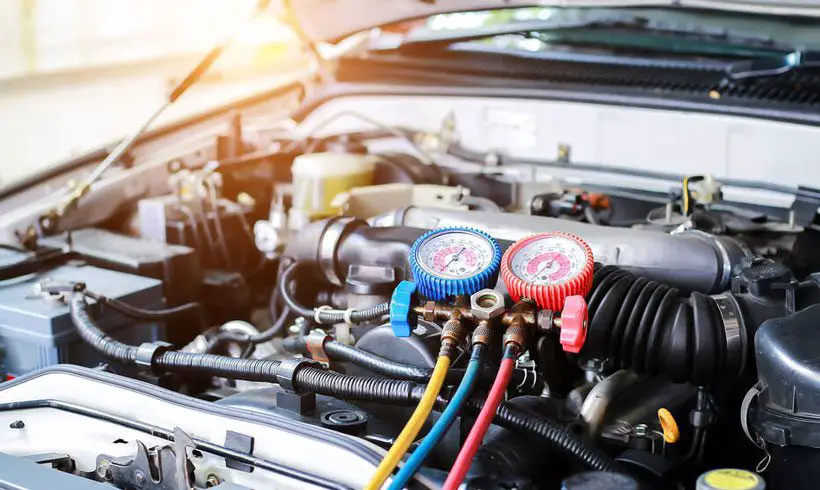
Solutions
The refrigerant usually reduces through a leak in the hose, O-rings, and other seals. Parking under direct sunlight causes the refrigerant to expand and increase pressure, causing leaks. So, one of the solutions is parking under a shade when possible to reduce the chances of a leak.
However, you should also refill the refrigerant and ensure it’s in the correct amounts. Some drivers have blamed the new refrigerant, R1234yf, which seems not to cool as well as its predecessor, R134a. Nevertheless, ensure you refill the car with the correct refrigerant.
Take precautions when working on recharging the ac to avoid refrigerant poisoning, which can cause health problems.
Follow the steps below to refill the refrigerant on your Honda Pilot.
- Open the hood
- Locate the low-pressure AC port, which usually has an L on the cap.
- Turn on the vehicle and let it run for sometime
- Add the refrigerant through the low-pressure port
- Replace the cap
The following videos show how to add refrigerant to Honda Pilot
2. Faulty Compressor
A compressor pushes the refrigerant through the system allowing it to cool the air coming through the vents. One of the common reasons the compressor fails is the lack of lubrication on its moving parts.
Also, if other parts of the AC system, like the condenser and valves, are clogged, the compressor will overheat and get damaged. A faulty compressor may be responsible for the car taking time to cool.
Changing the compressor is better left for professionals as it involves removing various parts to get to it. Also, any wrong move can result in other costly damages to other parts of the car.
Most professional mechanics suggest you replace the condenser when replacing the compressor. Tiny metal pieces may have flowed into the condenser, and if not replaced, they can damage the new compressor. The cost of replacing the compressor can range between $1,000 and $1,500 and take up to three hours.
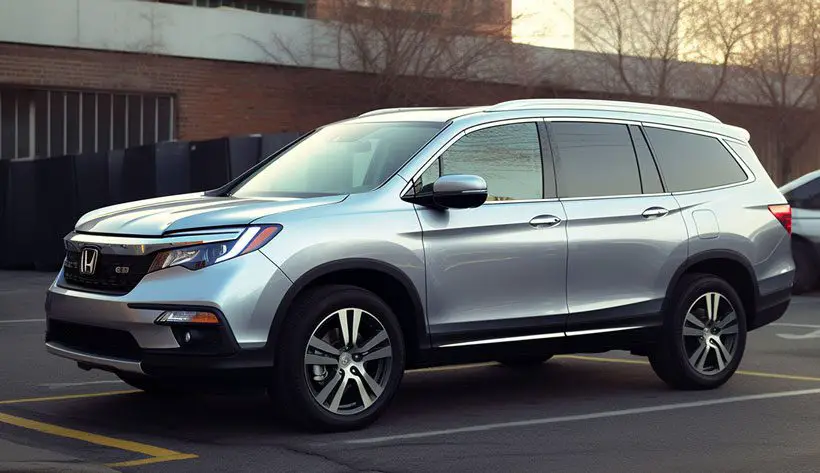
However, if you want to save some labor money, you can do the replacement by following the solutions below.
- Step 1: Open the hood of the vehicle
- Step 2: Empty the refrigerant off the system
- Step 3: Jack the vehicle high enough to get underneath
- Step 4: Remove a bracket just below the compressor for better access
- Step 5: Disconnect the high and low ac lines by unscrewing the bolts holding them in place
- Step 6: Remove the electrical fitting to the compressor
- Step 7: Unscrew the bolts holding the compressor in place
- Step 8: Pull out the compressor
- Step 9: Install the new compressor and screw it in place
- Step 10: Replace the electric fitting and the ac lines
- Step 11: Reinstall back the bracket below the compressor
- Step 12: Test the air conditioning system
The following video should help you remove your Honda Pilot compressor for model years between 2009 and 2012.
3. Blower Motor Problems
The blower motor is the air conditioner part that pushes the air through the vents into your Honda Pilot. It matches the speed set by the user and can run fast or slow. The blower motor is usually responsible for a weak ac airflow in a vehicle.
Solution
The blower motor not turning on or running slow is usually electrical related and often results in a replacement, as repairs aren’t always successful. To replace the blower motor, follow the steps below;
- Under the glove box, pull down the panel to expose the blower motor
- Disconnect the electrical connector connected to it
- Using a ratchet (usually an 8mm socket)unscrew the bolts holding the motor in place
- Pull the motor out
- Install the new blower motor
- Install the screws and tighten them with a ratchet
- Reconnect the electrical connector
- Replace the panel
The following video shows how to replace the Honda Pilot blower motor
4. Clogged Cabin Air Filter
The cabin air filter traps allergens and dust that come in with the air, preventing conditions like allergic rhinitis. However, with time the filter becomes too dirty and needs to be replaced. The filters should be changed every 15,000 miles or 10,000 if driven in a polluted environment.
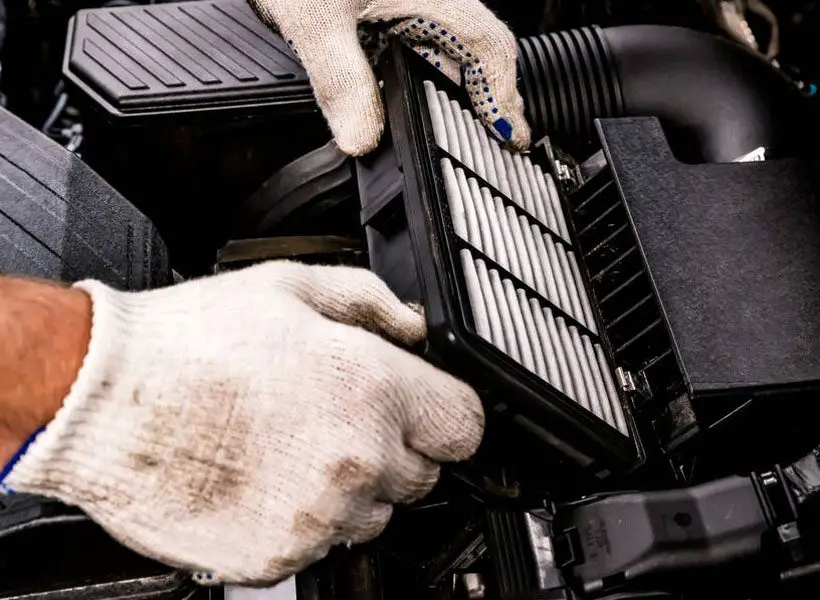
Replacing the cabin air filters is not hard, and you can do it by following the steps below.
- Open your Honda Pilot’s glove box.
- Push the sides of the glove box to allow it to tilt further, exposing the cabin air filter frame.
- Hold the cabin air filter frame and push on its two sides and pull it out
- Remove the old filter from the car and replace it with a new fitting one. Ensure the airflow indicator is facing down.
- Reinstall the filter in the car.
- Replace the glove box and close it.
The following video provides a guide on how to install the air filter on your Honda Pilot.
Other possible causes that won’t be discussed in depth include
- Clogged or broken condenser– Condenser absorbs from the refrigerator cooling it down. When clogged or broken, the refrigerant may remain hot, causing the ac to blow in warm.
- Dirty evaporator-the evaporator provides cold air in the ac system of your car. A dirty evaporator can cause weak airflow and even cause the compressor not to activate.
- Blown AC fuse– a blown AC fuse can cause the air conditioning system not to work properly.
Related Questions
Following are the frequently asked questions on Honda Pilot AC not working,
Depending on the faulty part, the price can start as low as $15 to higher than $1,500. Some fixes, like changing the cabin air filter, are cheap and can also be done at home, saving repair money.
Honda usually covers air conditioner refrigerant for two years and doesn’t pay for repairs unless the AC is defective. However, the new warranty provides bumper-to-bumper coverage for three years.
Bottom Line
If your Honda Pilot experiences AC problems, either not working effectively or at all, check some of these problems. Follow the steps to provide solutions, and if you’re uncomfortable doing them, hire a mechanic.
You can prevent future AC problems by ensuring the vehicle gets serviced regularly. Servicing should include refilling the refrigerant and changing the air filters. Some habits, like parking under a shade, can also help keep the car cool and enable it to cool faster.
